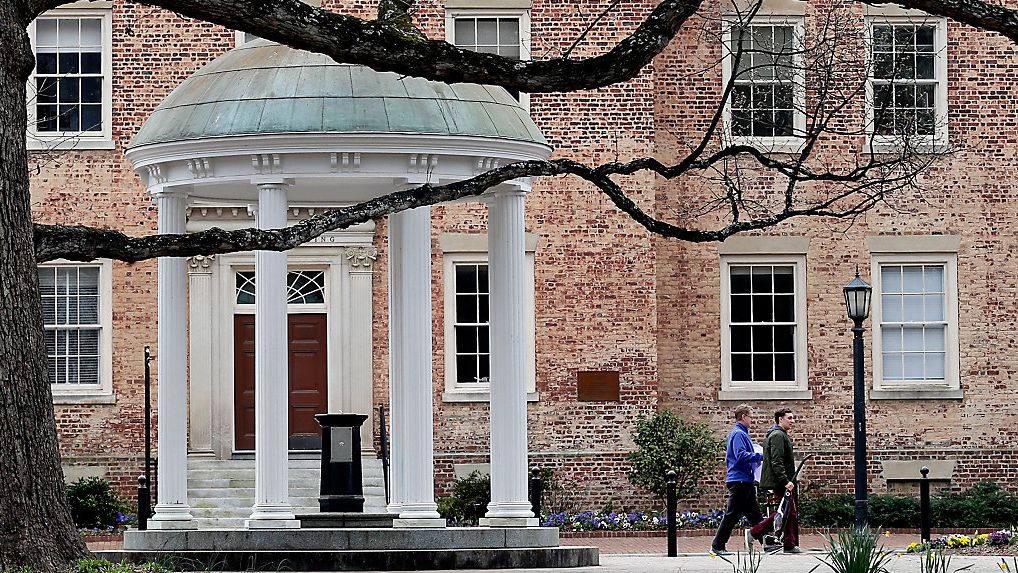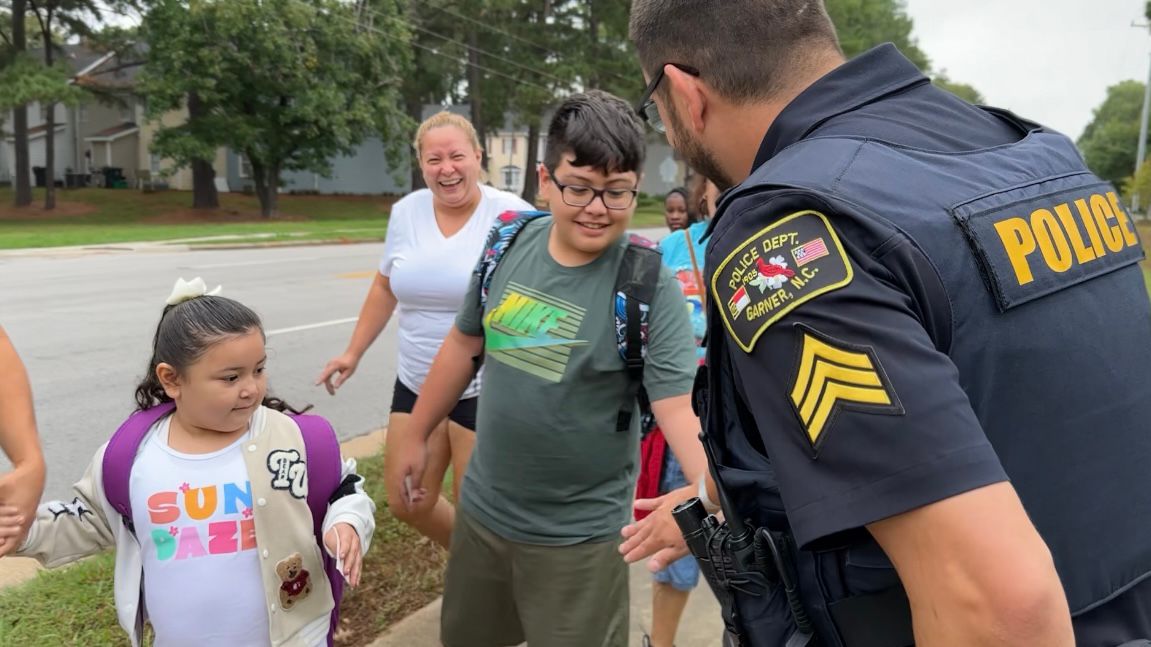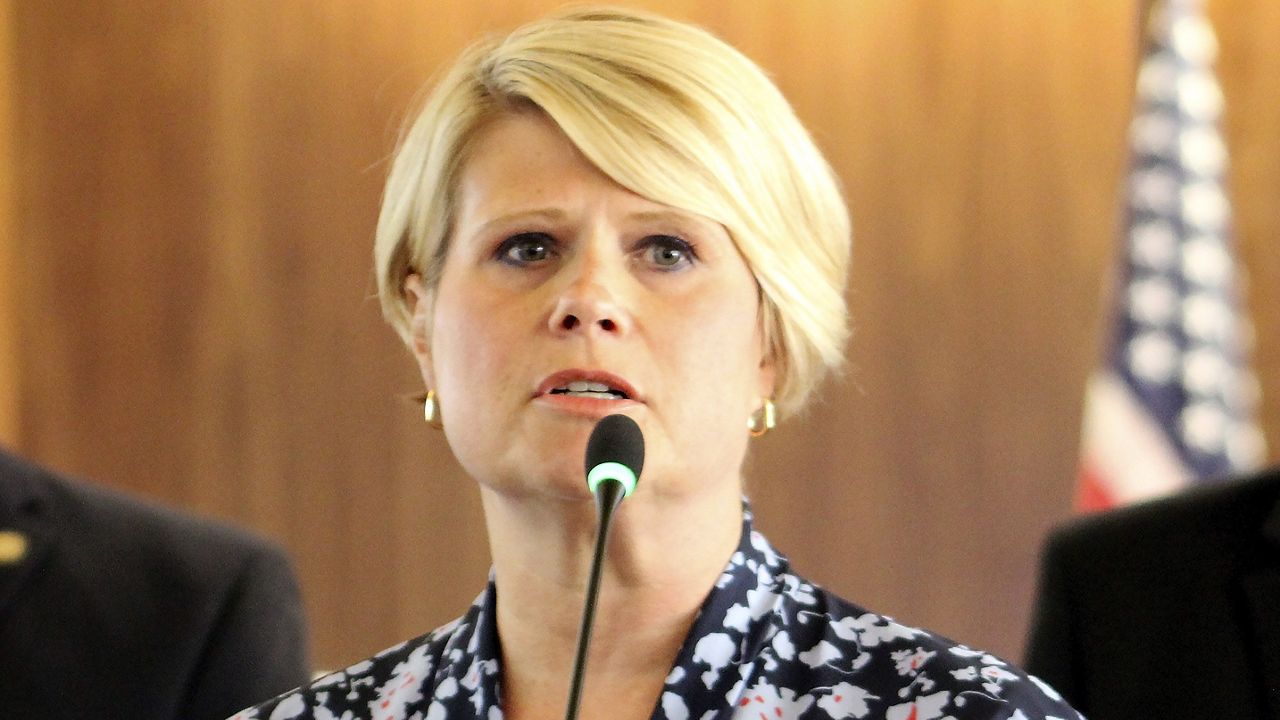WASHINGTON, D.C. -- Data shows that education alone is not a panacea for racial inequities in society, but it is quite important.
So, how are leaders in both Washington and Raleigh working to address disparities in the education system itself?
HBCUs
When it comes to Historically Black Colleges and Universities, there are a few louder voices on Capitol Hill than Rep. Alma Adams, D-12th District.
The Charlotte-area congresswoman, who founded the Bipartisan HBCU Caucus in Congress, is herself an HBCU graduate, having completed her undergraduate and master’s degrees at North Carolina A&T.
She praises the chances HBCUs provide for minority students.
“Just because you kind of come in a little rough ... around the edges right, so to speak - like I was does - not mean that you cannot excel, if you're given the opportunity,” she said.
HBCUs enroll about 10 percent of African American students in the country and produce roughly 25 percent of African American graduates with STEM degrees, according to the United Negro College Fund.
They do all this, Adams says, despite being historically “left behind” when it comes to funding.
Recently, Washington lawmakers did come together on a bipartisan basis to approve the FUTURE Act, allocating permanent funding toward science and technology programming at HBCUs and other minority-serving institutions.
However, Adams argues there is more work to do.
“While we get fewer resources - if you look at the perspective of across whether it's state or federal dollars - we still do more with less,” she said.
Access to Internet
When it comes to educational achievement, the ongoing coronavirus pandemic has highlighted a disparity that can have an impact: Internet access.
With grade school and college students alike working from home - including many this fall - the ability to connect to the web is a key to success.
However, recent data from the Pew Research Center shows a racial disparity when it comes to who has access to high speed Internet. Whereas about 79 percent of white adults are home broadband users, only 66 percent of Black adults and 61 percent of Hispanic adults have the same access.
RELATED: N.C. Lawmakers Say COVID-19 Exposes a 'Digital Divide'
Rep. GK Butterfield, D-1st District, recently underlined the inequity in his home district during a press conference on Capitol Hill.
“Some rural districts, like my district ... lack the infrastructure that households and businesses need to access a high speed broadband connection,” he said. “In communities where infrastructure does exist, many residents simply don’t have the resources - the money - to access.”
Lawmakers from both parties have introduced legislation aimed at closing the access gap.
Recently, the U.S. House passed on a near party-line vote a massive infrastructure bill that includes $100 billion to help build broadband. However, it has little chance of going anywhere in the GOP-led Senate.
K-12 Education
At the state level, funding for public education remains a point of contention, with the state courts stepping in a quarter century ago to push lawmakers to ensure all students have a sound education.
Lawmakers have increased state funding in recent years, but advocates say funding inequities remain - especially along racial lines.
Beyond funding, Jane Wettach, a recently retired Duke Law School professor who teaches education law, offered some other ideas for how to help reduce disparities.
“One thing would be to get a more diverse teaching population, which would address some of the racial inequities,” she said. “We certainly could work harder to integrate our public schools. We have been willing to allow geographic boundaries to control who goes to what school, which is our tradition of neighborhood schools.”
Education and Other Inequities
Although education is important, data shows it is not a fix-all for racial disparities.
According to a report from the Economic Policy Institute (EPI), white workers on average routinely bring home a higher hourly wage than their Black and Hispanic counterparts.
The pattern holds for most education levels, including those with a college degree. White workers in that group outpace Black workers by more than $7 per hour on average.








